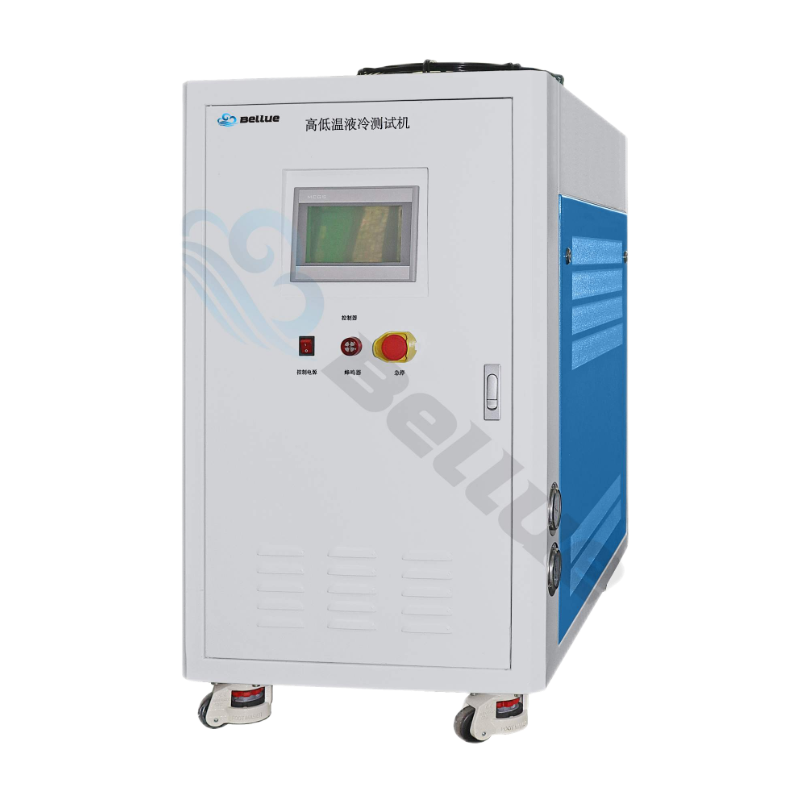The use method of high and low temperature coolant testing machine is explained in detail
I. Introduction
High and low temperature coolant tester is a special equipment used to test the performance of coolant in high and low temperature environment. It is widely used in automotive, aviation, aerospace, electronics and other fields, providing important support for product development and quality control. This article will introduce the use of high and low temperature coolant testing machine in detail to help users better master its operation skills.
2. Preparation
Before using a high and low temperature coolant test machine, the following preparations need to be made:
1, check whether the equipment is intact, if any damage should be timely contact maintenance personnel for maintenance.
2. Confirm that the external conditions such as power supply, water source and air source required by the test machine have been met, and the connection is normal.
3, according to the test requirements, prepare the corresponding coolant sample.
4, familiar with the operation panel and function buttons of the test machine, understand the name and function of each component.
3. Operation steps
1. Power on: turn on the power of the test machine, press the power button, and wait for the device to start.
2, Parameter setting: According to the test requirements, set the corresponding temperature, pressure, flow and other parameters on the operation panel.
3. Add coolant: Add the prepared coolant sample to the coolant tank of the test machine to ensure that the liquid level is within the specified range.
4, start the test: press the test button, the test machine will carry out high and low temperature cycle test of the coolant according to the set parameters.
5, monitoring and recording: in the test process, pay close attention to the operating status of the test machine, timely record relevant data, such as temperature, pressure, flow, etc.
6, end the test: when the test reaches the preset time or conditions, the test will automatically stop running. At this point, you can press the Stop button to end the test.
7. Discharge of coolant: After the test, discharge the coolant from the coolant tank and properly dispose of it.

4. Precautions
1, in the use of high and low temperature coolant testing machine, should strictly abide by the operating procedures to avoid misoperation resulting in equipment damage or personal injury.
2, in the process of testing, if abnormal conditions are found, the test should be stopped immediately, and contact professionals for inspection and treatment.
3, regular maintenance of the test machine to ensure its long-term stable operation.
4, before use, ensure that the test machine is grounded to prevent damage to the equipment caused by static electricity.
V. Conclusion
Through the introduction of this article, I believe that readers have a more comprehensive understanding of the use of high and low temperature coolant testing machine. During the actual operation, pay attention to safety and follow the procedure to ensure the accuracy of the test and the normal operation of the device. If necessary, it is recommended to refer to the device manual or contact a professional for consultation.
Energy storage liquid cooling temperature control technology application advantages
How to derive the test results of high and low temperature coolant tester
High and low temperature coolant test electrical source circuit connection method
The problem of water source during the use of high and low temperature coolant testing machine
Coolant filling and discharging method of battery module high and low temperature liquid cooling test machine
High and low temperature liquid cooling test machine solutions
